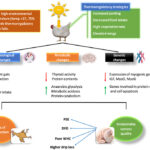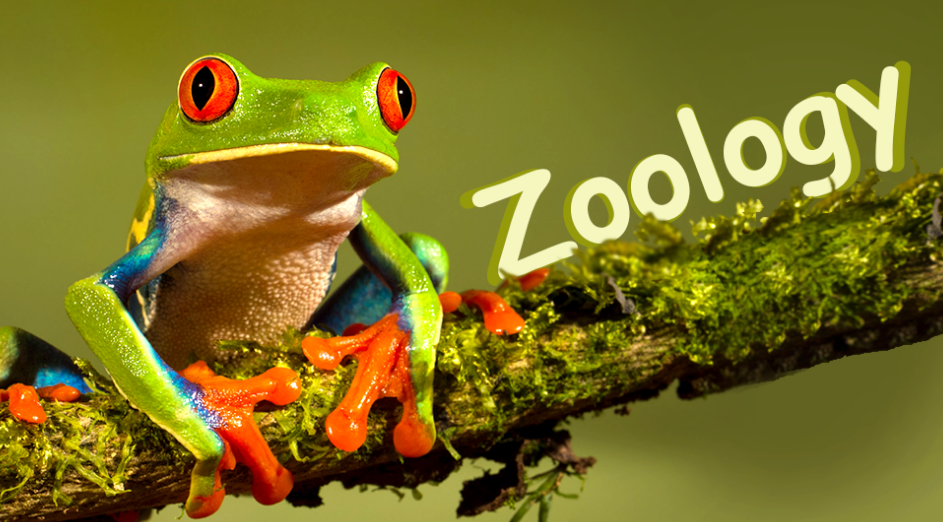
Local species extinction, referring to the disappearance of a species from a specific geographic area, can be attributed to various factors. Here are some common causes of local species extinction:
- Habitat Loss and Degradation: The destruction, fragmentation, and degradation of natural habitats are significant drivers of local species extinction. When habitats are converted for agriculture, urbanization, infrastructure development, or industrial activities, species lose their homes, food sources, and breeding grounds. The remaining fragmented habitats may not be able to sustain viable populations, leading to local extinctions.
- Overexploitation and Hunting: Unsustainable hunting, fishing, and collection of species for trade can lead to local extinctions. When species are excessively harvested without allowing them to reproduce or recover, their populations decline to a point where they can no longer persist in a given area.
- Invasive Species: The introduction of non-native species to an area can have devastating consequences for native species. Invasive species often lack natural predators or competitors in their new environment, enabling them to outcompete and displace native species for resources, leading to the local extinction of the native species.
- Pollution: Pollution, including chemical contaminants, heavy metals, and pollutants in air, water, and soil, can have harmful effects on local species. Pollutants can accumulate in ecosystems and disrupt ecological processes, affecting the survival, reproduction, and overall health of species. In some cases, pollution can directly cause local extinctions.
- Climate Change: The impacts of climate change, such as rising temperatures, altered precipitation patterns, and shifts in seasons, can contribute to local extinctions. Changes in temperature and precipitation can disrupt the availability of resources, affect species’ reproductive cycles, and modify habitat suitability, rendering certain species unable to survive or reproduce in a particular area.
- Disease and Pathogens: The spread of diseases and pathogens can have severe consequences for local species. Introduction of new diseases to an area without natural immunity can result in mass mortalities and local extinctions. Examples include the devastating effects of diseases like white-nose syndrome in bats and chytrid fungus in amphibians.
- Genetic Factors: Local populations with low genetic diversity may be more susceptible to local extinctions. Limited genetic variation reduces their ability to adapt to changing environmental conditions or withstand disease outbreaks and other threats. Small population sizes and isolation can also increase the risk of genetic issues, such as inbreeding depression, which can lead to population declines and extinctions.
A field excursion focused on biodiversity is a valuable opportunity to explore and study the variety of species and ecosystems in their natural habitats. Here’s an outline of what a biodiversity-focused field excursion might entail:
- Planning and Preparation:
- Choose a location: Select a site known for its rich biodiversity, such as a national park, nature reserve, or ecologically diverse region.
- Set objectives: Determine the specific goals of the excursion, whether it’s to study a particular group of organisms (e.g., birds, plants, insects) or to explore a specific ecosystem (e.g., rainforest, coral reef).
- Research and knowledge gathering: Conduct pre-trip research to familiarize yourself with the biodiversity of the region, including species lists, ecological interactions, and conservation issues.





Good
Excellent